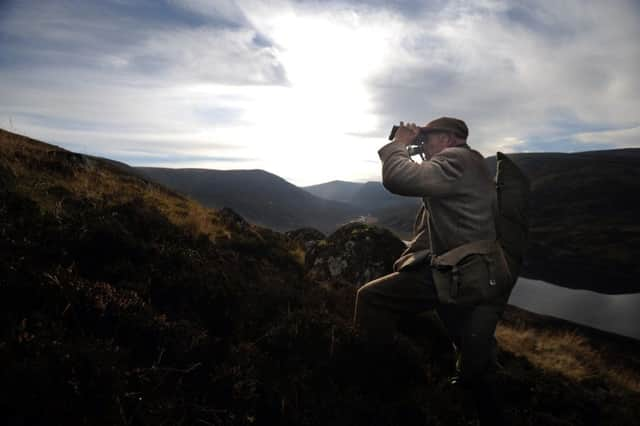Lesley Riddoch: Land Reform a step in right direction


Real change in Scotland’s concentrated and unequal pattern of land ownership moved a step closer last week – and not just because of the rural affairs, climate change and environment (RACCE) committee’s measured critique of the Land Reform Bill.
The committee backed SNP conference demands to give tenant farmers greater protection and end offshore tax havens and secrecy designations which mask the identity of Scottish landowners. The committee wants more evidence about vague ideas like requiring landowners to engage with local communities – how much engagement is enough, what if none occurs and what if engagement only demonstrates that landowners and local people are at loggerheads over vital issues like the provision of affordable housing?
Advertisement
Hide AdAdvertisement
Hide AdThe committee also asked ministers for “a clear published assessment of the potential economic, social and environmental impacts of reintroducing sporting rates”, and questioned the fairness of taxing deer-stalking estates but not all rural businesses.
These are all good questions – though if the exemption on business rates for shooting estates survives, campaigners will feel MSPs have swallowed the myth that Scottish land is so barren no alternative uses or employment patterns will ever be possible.
But last week disturbing evidence of landowner bullying also came to light. According to the Scottish Tenant Farmers Association (STFA), some landlords have been trying to hike up rents before the Land Reform Bill brings in a new, fairer rent review system. The last days of November saw tenant farmers at the Land Court trying to resist unreasonable rent demands at a time of falling farm incomes and gloomy predictions for agriculture.
Similar sharp practice is expected during rent reviews in May. According to STFA chairman Christopher Nicholson: “It is staggering how many land agents are [trying] to force agreements on unwilling tenants in a last ditch attempt to take advantage of the current rent system before we move to a more transparent and fairer way of setting rents. The cross industry consensus on rents has been treated with disdain and often the worst offenders are land agents working for the very firms who agreed to abide by the rent initiative when it was launched in July 2014.”
In short, some landowners and factors are facing up to the prospect of land reform by getting their retaliation in first.
Others though have taken a different and more promising tack. The younger brother of Lord Astor is said to have offered tenants the chance to buy their farms on the Tillypronie estate near Tarland in Aberdeenshire. There are similar reports on the Earl of Airlie’s estate at Cortachy, on the Roxburghe estate in the Borders and elsewhere.
But the biggest change is further north in Sutherland, the emotional heartland of the Clearances, where the Sutherland Estate has approached the community of Helmsdale to sell land south of the village including rights over the foreshore and mineral rights. The Helmsdale and District Development Trust has set up a steering committee to explore the feasibility of a community buyout of the 3,000 acres on offer which includes the townships of Marrel, West Helmsdale, Gartymore and Portgower. Locals are also looking into possibilities for renewable energy too – though the UK government’s decision to scrap subsidies is a limiting factor. The Sutherland estate owns an estimated 90,000 acres so selling 3,000 acres is a token gesture – but still a symbolic one.
Alexander Sutherland, the 30-something son of Lord Strathnaver, is thought to be behind the Helmsdale move, though it’s hard to know since the estate is operated by a Trust. He may not be a philanthropist – the Helmsdale land is steep, largely crofted and hard to manage – but perhaps a new generation has a different attitude to hanging on to every scrap of land on Scotland’s ancient sporting estates.
Advertisement
Hide AdAdvertisement
Hide AdSurely his West Helmsdale initiative might be repeated in other townships on the Sutherland Estate like Brora, Tongue and Bettyhill – and beyond? After all, a thousand tenant farmers are registered for the right to buy if landowners sell, thousands of others are hard to dislodge as sitting tenants and the obligation of landlords to provide decent housing for tenants will soon be policed more strenuously. Smart landowners might conclude the balance of power is changing and opt to cut their losses by selling at a discount to local tenants, farmers, individuals and communities.
In Helmsdale, loca